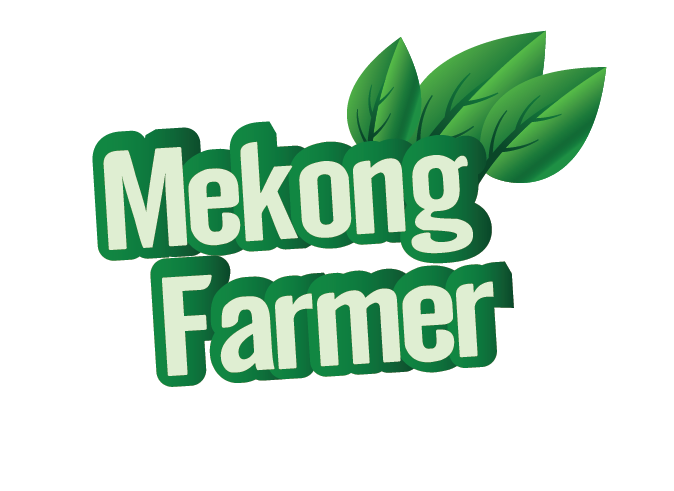Are you prepared for the new FDA traceability requirements for food safety, which are designed to facilitate a swift, efficient response to outbreaks of foodborne illness and minimize any impact?
The Food Safety Modernization Act (FSMA) 204 Rule, also called the FDA Food Traceability Final Rule, establishes new traceability requirements for companies that manufacture, process, pack, or hold certain foods.
The Centers for Disease Control and Prevention report that about 48 million people in the U.S., or one in six people, become ill from foodborne diseases each year, 128,000 are hospitalized, and 3,000 die.
The new traceability recordkeeping requirements will allow faster identification and rapid removal of potentially contaminated food from the market, resulting in fewer foodborne illnesses and deaths. The aim is to build a more robust food safety culture.
The FDA’s Food Traceability List
Food producers and any company that manufactures, processes, or holds food products must understand the new requirements, whether their food products are affected and, if so, what they need to start working on now to meet FSMA 204 requirements by the deadline of January 20, 2026.
The first step? Check the FDA’s Food Traceability List (FTL), which details higher-risk foods that will need additional recordkeeping under FSMA Rule 204. These include but are not limited to many fresh fruits and vegetables, cheeses (other than hard cheese), shell eggs, nut butter, and some seafood categories (see the full list).
Lucelena Angarita, Supply Chain Visibility Director at GS1 US®, says there’s still a long way to go in terms of awareness and compliance by 2026. “There are still a lot of companies that either don’t know that it’s happening or don’t think they’re impacted. Or they think they already have everything they need to meet that rule, but they’re missing the details because they’re not looking into it as closely as they need to.”
Critical Tracking Events (CTEs) and Key Data Elements (KDEs)
At the heart of this regulation is that anyone who manufactures, processes, packs, or holds foods listed on the FTL—or foods that use anything on the FTL as ingredients—must maintain specific new records mandated by the FDA. This includes some imported food products.
Companies must keep records with key data elements (KDEs) for certain activities on the supply chain that the FDA calls critical tracking events (CTEs). CTEs are important occurrences along the supply chain, such as where an FTL food is harvested, cooled, initially packed, first received on land, shipped, received, transformed or purchased.
Businesses must also share the shipping event information with their supply chain partners. In addition to capturing and storing the information, they must maintain it for 24 months, and upon request, must be able to provide it to the FDA within 24 hours.
GS1 Standards help food companies meet FSMA 204
Angarita says that different companies along the supply chain identify their products and locations in different ways. “When you’re trying to get one system to talk to another system without a common language, it’s incredibly difficult,” she says. “There’s a lot of mapping and effort that needs to happen.”
Fortunately, she says, that’s where GS1 Standards come into play. The GS1 System of Standards supports FSMA 204 by enabling tracking of KDEs and CTEs. GS1 identifiers like the Global Trade Item Number® (GTIN®) and Global Location Number (GLN) encoded into RFID tags or barcodes, such as the GS1-128, make it easy to find, trace, and maintain data as a food product moves across the supply chain.
“The food industry has established this common language for many, many years, so you don’t have to reinvent the wheel or come up with your own standards,” says Angarita. “GS1 Standards are the most widely used standards across the globe.”
GS1 is a not-for-profit global standards organization for uniquely identifying products and capturing and sharing information using a common language within the supply chain. It brings companies together to collaborate and find solutions to common challenges. More than 300,000 businesses in 25 industries rely on GS1 US to improve supply chain visibility and efficiency and for regulatory compliance.
One such company is Culinary Collaborations, a premium seafood and sushi ingredient supplier to large North American operators. Among its challenges is that its fish, often sourced from international waters, can make many stops and travel many miles along its journey from farm or ship to processing, transport, distribution, and other stops.
Culinary Collaborations has used GS1 Standards for comprehensive food chain visibility since 2009. Because it uses the GS1 system of standards, the company is already on track to meet new FSMA 204 requirements well before the January 20, 2026 compliance date.
Next steps to prepare for FSMA 204
Food producers and their trading partners across the food supply chain must first determine whether the new regulation impacts their food products and then, if so, start working on compliance right away. Learn more about how GS1 Standards can help you get started on meeting FSMA 204 requirements. For example, consider working through GS1 US’s detailed FSMA 204 Readiness Checklist.
About GS1 US:
GS1 US® enables companies to power their supply chains to deliver safe, consistent, authentic and trusted experiences. Best known as a source for UPC barcodes, GS1 is a not-for-profit global data standards organization that creates a common language for companies to identify, capture and share trusted data that links their physical and digital supply chains. Millions of businesses around the world power commerce with GS1 Standards. Learn more at www.gs1us.org.



